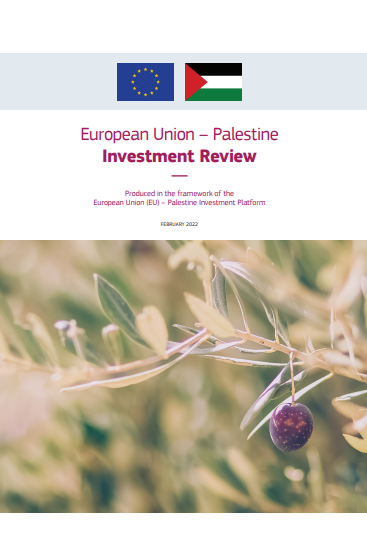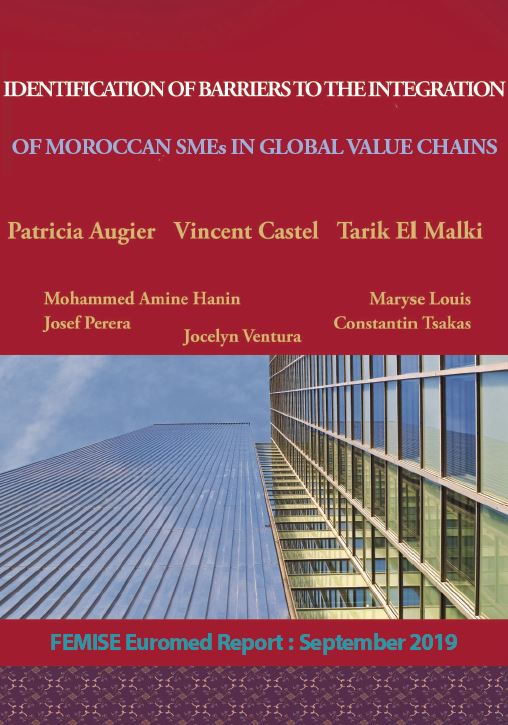Policy brief – How will migration to Europe look in the future?
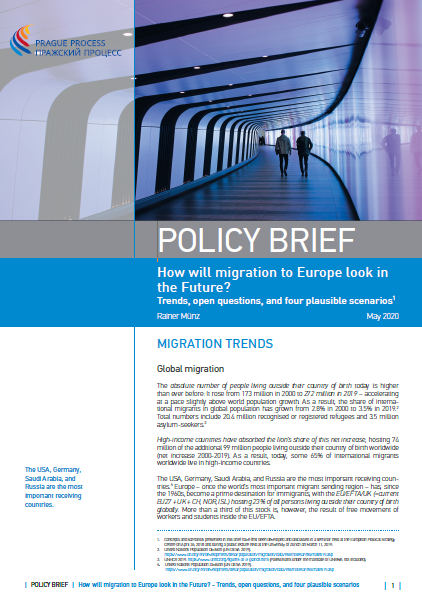
This publication was produced in the framework of the ‘Prague Process: Dialogue, Analyses and Training in Action’ initiative, a component of the Mobility Partnership Facility II project, with the assistance of the European Union.
It first gives very detailed data on migration trends, globally and within the EU: the absolute number of people living outside their country of birth, the share of international migrants in global population, the number of recognised or registered refugees and asylum-seekers; the number of immigrants and mobile EU citizens living in today’s 27 EU Member States and the UK.
Concerning the future migration to Europe, the report suggests 4 scenarios: ‘Back to the early 2000s’, ‘Instability in the neighbourhood’, ‘More selective admission of immigrants’ and ‘Going native’. The four scenarios are not mutually exclusive.
As long as the CoVid-19 induced recession lasts, demand for additional labour will be small and create no pull factor towards Europe. In times of post-Corona recovery issues like demographic ageing, labour shortage and Europe’s limited ability to attract high skills and talent will gain more prominence again. It remains to be seen to what extent EU countries will use more pro-active, more selective or more restrictive migration policies in case of future labour shortages, ageing and the decline of native populations.
Latest Publications






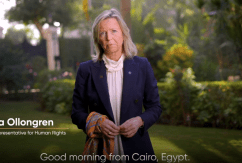
















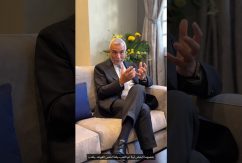
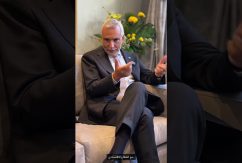







 Syria
Syria 